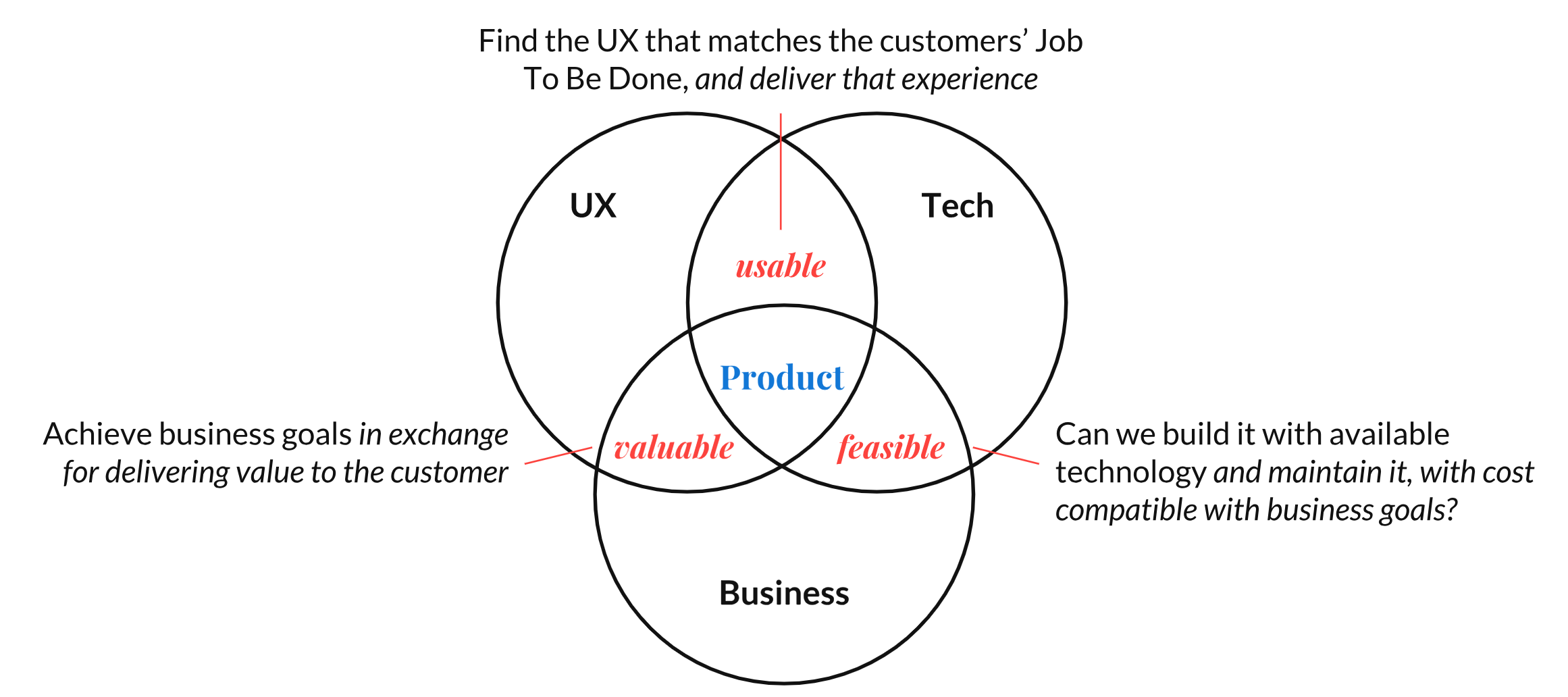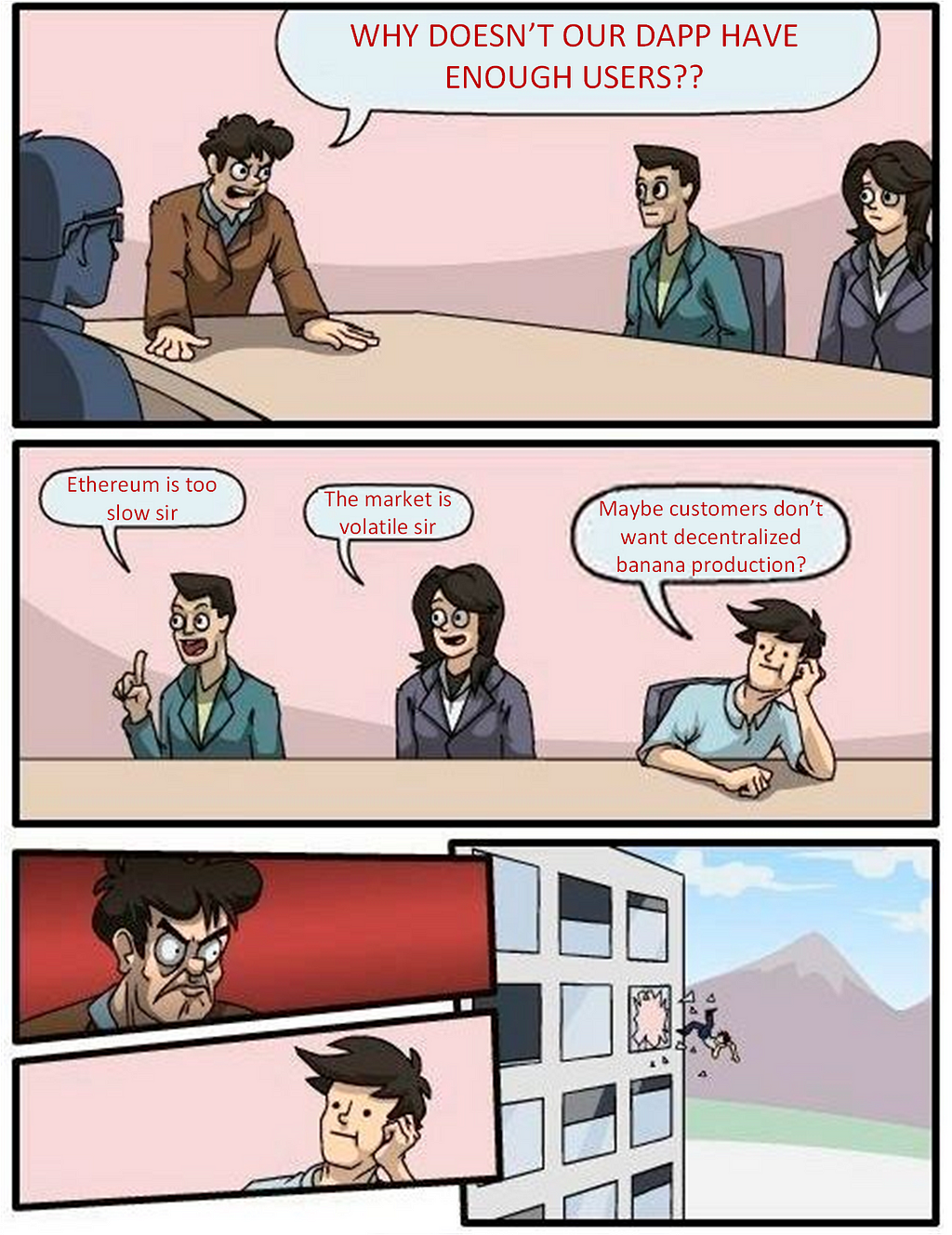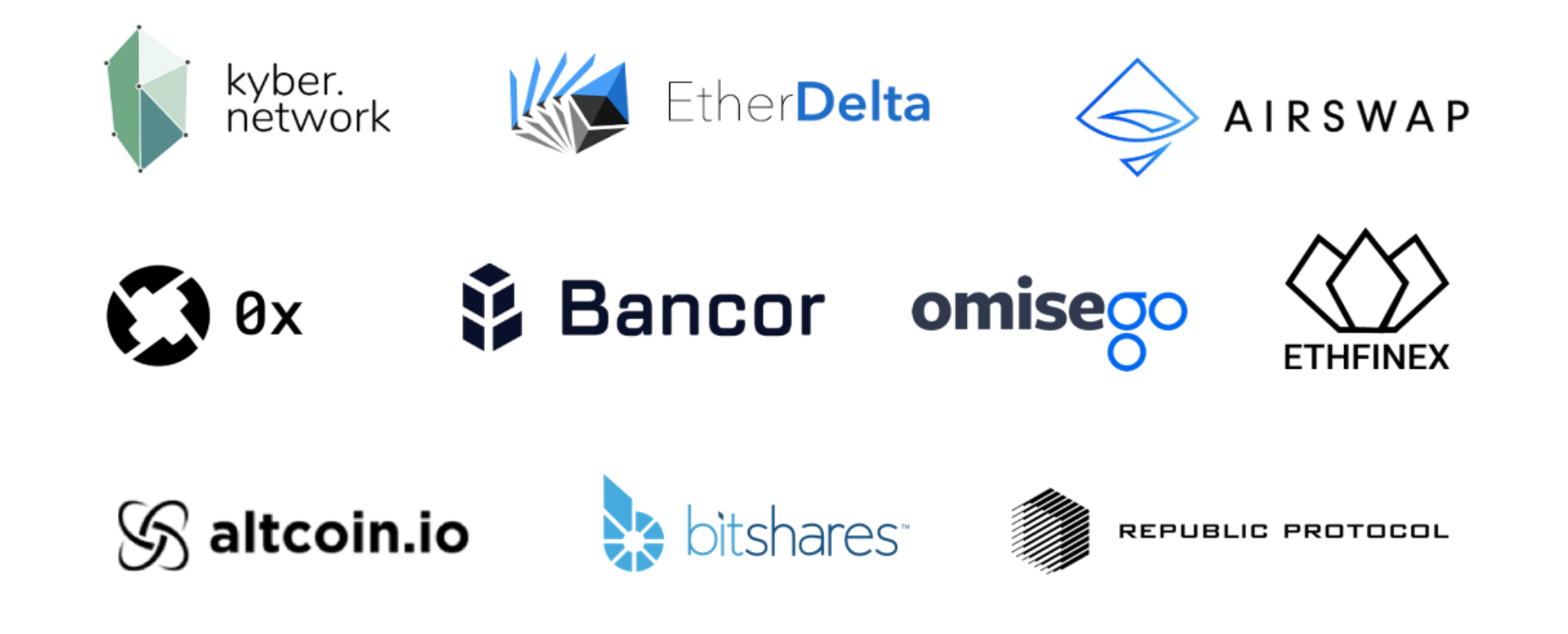Latest news about Bitcoin and all cryptocurrencies. Your daily crypto news habit.
Cryptocurrencies and Product-Market Fit — Welcome to Paradox
By now, the failure of 90% of Blockchain and Cryptocurrency projects is quite an openly discussed phenomenon. Projects that started out promising the creation of ‘new ecosystems,’ ‘trustless regimes’, and ‘tamper-proofy wonderlands’ have succumbed at the peak of inflated expectations, leaving a sour taste in the mouths of technologists, investors and enthusiasts alike. What is left are hundreds of ‘decentralized’ applications struggling to gain a sustainable user base, ‘powered’ by tokens who speculators play roller-coaster with at exchanges.
What do so many failed projects have in common?
The short and simple answer — Basic Product Management Practices
Building Great Tech Products
Creating great tech products is all about building solutions customers love, and that can sustain a business. When a successful product team starts building a product (or a feature in a product), they ask themselves these four questions:
- Will a consumer choose to use this product?Or is the product valuable to the user?
- Can a consumer figure out how to use this?Or is the product usable to the average joe?
- Can our team of developers build this?Or is building the product feasible?
- Can our stakeholders support this?Or is this product viable to the business?
Brands such as Amazon, Google, Netflix, and Facebook have raked in their million dollars in revenue, simply by considering these four factors before building any product or feature. This is a practice that can be found sorely lacking among Crypto teams. Most DApps, tokens, cryptocurrencies, and even consortium Blockchain projects are developed and launched without adequate analysis behind their value, usability, feasibility, and business viability.
 © 2018 João Craveiro (inspired by the work of Martin Eriksson).Where Crypto Products Go Wrong
© 2018 João Craveiro (inspired by the work of Martin Eriksson).Where Crypto Products Go Wrong
- The majority of DApps and Blockchain projects bring value to users who are already in Crypto. Add to that, the switching costs for converting the average Non-Crypto Joe (NCJ) to an active user of a DApp is presently too high. This is because traditional ‘non-Blockchain’ applications already work flawlessly and give an enormous amount of value to their users. It’s the same reason why most people would prefer to publish their articles on Medium rather than Steemit or upload videos on Youtube instead of Dtube. These platforms above deliver much better content and hence provide much greater value, not to mention their sizeable pre-existing user base.
- Tokens, DApps, and other Blockchain applications struggle in the usability department although they are getting better with every passing day. At present, this space is still impeded by the need for gas fees, mnemonic phrases, lost private keys and a heavy dose of jargon. Enough to keep the interest of an NCJ only restricted to opening CoinMarketCap.
- Feasibility of these products is an item challenging to measure. Blockchain protocols are quite unstable as evidenced by Ethereum’s gas price fluctuations in 2018 and EOS’s ongoing RAM issues. DApps have had to conduct chain migrations and token swaps in the hopes of building on more reliable networks. To top it all of, there’s the constant quarrel between these competing protocols regarding the ‘right’ way to decentralize and the scalability trilemma — A never-ending, inconclusive attempt to win and retain developer love.
 Winning Developer Love 101The Counter Argument
Winning Developer Love 101The Counter Argument
However, some arguments can be made, which tells us that these principles cannot be applied directly to projects in Blockchain and Crypto. The case goes like this —
- The business model behind most dApps and token projects are very different from that of traditional software products. The primary business driver for building a decentralized product is not in the hopes of gaining more users and hence more revenue. Instead, token projects are heavily motivated by the need to increase the price of their underlying asset. This is one of the main drivers for most projects, and developing a product with such a goal is unchartered territory for most teams.
- Decentralized projects are going to be inherently harder to use. Cryptography has not advanced far enough to make public-private key pairs simpler to manage, or mnemonic phrases easier to remember. The only option teams are left with is offering better UX by building custodial solutions, but that comes at the cost of being dubbed ‘centralized’.
- The primary value of decentralized products is that… well, they’re decentralized!? They were built around the idea of providing alternative solutions to customers wherein they are in control. It was never about solving crunch customer problems, but instead, providing a decentralized (and hence supposedly better) method for achieving the same goal.
- The product management community hates roadmaps. Unfortunately, even the most legitimate token projects have associated ICOs, that come with associated (and poorly thought out) roadmaps, that force product teams to push out unvalidated and untested ideas to the market. With such an approach, teams fail to prioritize and adapt to customer needs as they end up being busy building the next big ‘staking reward primitive’, rather than a feature that customers would want.
Putting It All Together
If you are one for quick judgment, it may seem as though most cryptocurrencies and dApps are quite far away from reaching product-market fit in any shape or form. However, the truth remains more complicated than that. There has been empirical evidence which suggests that decentralized products do have particular markets where they thrive in. There have also been instances where predicted feasible markets for crypto apps have seen terrible adoption. Let’s take a look at a few of these scenarios —
 Source: www.coingape.com
Source: www.coingape.com
- Some of the top cryptocurrencies have seen positive trends in countries struggling with currency devaluation through hyperinflation. The increasing adoption of Bitcoin and Dash in Venezuela is a common and well-documented story worth reading.
- Critics love slamming crypto with the notion that ‘Cryptocurrencies are just useful for drugs and pornography.’ SpankChain, a payments channel platform for the adult industry processed $70,000 in payments to performers between April and December 2018. That’s quite an achievement for a concept as nascent as payment channels. So does that mean, the critics were 50% correct?!Truth be told, we might have a market here that can actually sustain tech products— where performers receive fairer and timely payments for their work, while consumers need not worry about the names of their…ahem, desires appearing on their credit card statements, and the SpankChain team has done their bit in designing a solution that their users want, and are willing to pay for.
- Decentralized Exchanges (DEXs) are another deeply conflicting category of products to study for product-market fit. On the surface, they look like a product much desired, one which has seen enough maturity to take up a good percentage of the crypto-crypto trading volumes. They help overcome some of the drawbacks of centralized exchanges such as holding no custody of funds, protection from security breaches, and much simpler onboarding with almost no KYC/AML. However, the statistics leave much to be desired — Relayers leveraging 0x (arguably one of the better DEX protocols) has seen volumes below $1m every day of 2019 — https://0xtracker.com.The trade-offs presented for DEXs such as the slower matching and execution speed, potential for front running, decreased privacy, poor UX and the nightmare of accounting makes it unattractive for institutional investors. Whether these protocols can achieve a product-market fit with retail investors alone remains to be seen.
With all this said, it must be remembered that product-market fit is a phenomenon difficult to predict. Any experienced product manager would tell you, “You would know when it happens”. Bitcoin is more than 10 years old and has only started finding its fit in select markets. Others are even further away.
Of late, a number of events have unfolded that might signal a brighter (probably more decentralized) future ahead. Mainstream giants such as Facebook and JPM have joined the crypto bandwagon. Digital age influencers such as PewDiePie and Jordan Peterson have spoken against censorship (on traditional platforms) and have even gone on to shill a few Blockchain projects. By this time, next year we are bound to see better products being built in this space. Until then, let’s settle for some centralized bananas and try getting some crypto in the hands of our NCJ friends.
If you happen to be in the market for a product manager who has worked all his life in the Blockchain and Cryptocurrency space, head over to www.consultmelive.com to book a free consulting session with me. You can ask your queries, request for a webinar or simply drop by and say “Hi”.
Sources
- Inspired — How to Create Tech Products Customers Love by Marty Cagan
- Arjun Balaji on Medium — Crypto Theses for 2019
- Josh Stark on Medium — The Year in Ethereum
Cryptocurrencies and Product-Market Fit — Welcome to Paradox was originally published in Hacker Noon on Medium, where people are continuing the conversation by highlighting and responding to this story.
Disclaimer
The views and opinions expressed in this article are solely those of the authors and do not reflect the views of Bitcoin Insider. Every investment and trading move involves risk - this is especially true for cryptocurrencies given their volatility. We strongly advise our readers to conduct their own research when making a decision.


